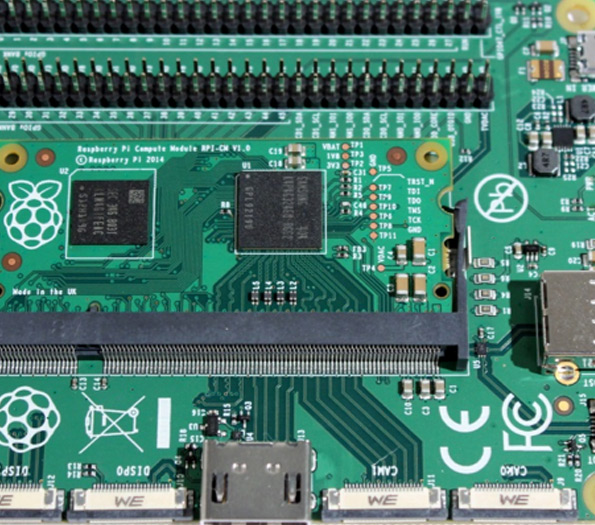

Understanding Low-E Glass Benefits and Applications
Low-emissivity (Low-E) glass is a technological advancement in the field of construction and energy efficiency that has transformed the way buildings are designed and maintained. With growing concerns about energy consumption and environmental impact, Low-E glass emerges as a valuable solution for enhancing the performance and sustainability of both residential and commercial properties.
What is Low-E Glass?
Low-E glass is a type of insulated glass that has a special coating, typically made of microscopic layers of metallic oxides, which reflects infrared radiation while allowing visible light to pass through. This unique characteristic helps control and mitigate the transfer of heat, making it an ideal choice for windows in a variety of climates. The term low-emissivity refers to the glass's ability to emit lower amounts of radiant heat compared to standard glazing options.
Benefits of Low-E Glass
1. Energy Efficiency One of the primary advantages of Low-E glass is its energy efficiency. By reducing heat transfer, Low-E glass helps maintain indoor temperatures, reducing the need for heating in the winter and cooling in the summer. This can lead to significant energy savings for homeowners and businesses alike, potentially lowering utility bills by up to 30%.
2. UV Protection Low-E glass can also block a significant portion of harmful ultraviolet (UV) radiation. This feature is particularly valuable in protecting interior furnishings, artwork, and flooring from fading and deterioration caused by UV exposure. With Low-E glass, homeowners can enjoy natural light without the associated risks of UV damage.
3. Comfort and Aesthetics Another notable benefit of Low-E glass is the comfort it provides to occupants. By limiting temperature fluctuations and reducing glare, Low-E windows create a more pleasant indoor environment. Additionally, these windows can be designed in various styles and colors, enhancing the overall aesthetic appeal of a building.

4. Environmental Impact With an increasing focus on sustainability, Low-E glass contributes to reducing a building's overall carbon footprint. By consuming less energy for heating and cooling, the demand for fossil fuels is decreased, leading to lower greenhouse gas emissions. This aligns with global efforts to combat climate change and promote renewable energy solutions.
Applications of Low-E Glass
Low-E glass is widely used in a range of applications, from residential homes to large commercial buildings. Here are a few scenarios where Low-E glass proves particularly beneficial
- Residential Windows Homeowners are increasingly opting for Low-E glass in their windows to enhance comfort and energy efficiency. The investment often pays off through increased property value and reduced energy expenses.
- Skylights and Glass Doors In addition to windows, Low-E glass is ideal for skylights and glass doors, allowing natural light to flood indoor spaces while managing heat transfer effectively.
- Commercial Buildings Large-scale commercial properties benefit from Low-E glass as it helps maintain indoor climate control, thus improving employee comfort and reducing operational costs related to HVAC systems.
Conclusion
The advantages of Low-E glass make it a smart choice for modern building designs focused on energy efficiency, comfort, and sustainability. With its ability to regulate heat transfer, protect against UV rays, and enhance aesthetic appeal, Low-E glass is paving the way for a greener future. As energy prices continue to rise and environmental concerns mount, the adoption of Low-E glass will likely play a crucial role in the evolution of construction practices, promoting a more energy-efficient and sustainable world. Whether for residential or commercial use, incorporating Low-E glass into building designs is a forward-thinking approach that aligns with contemporary values and ecological responsibility.